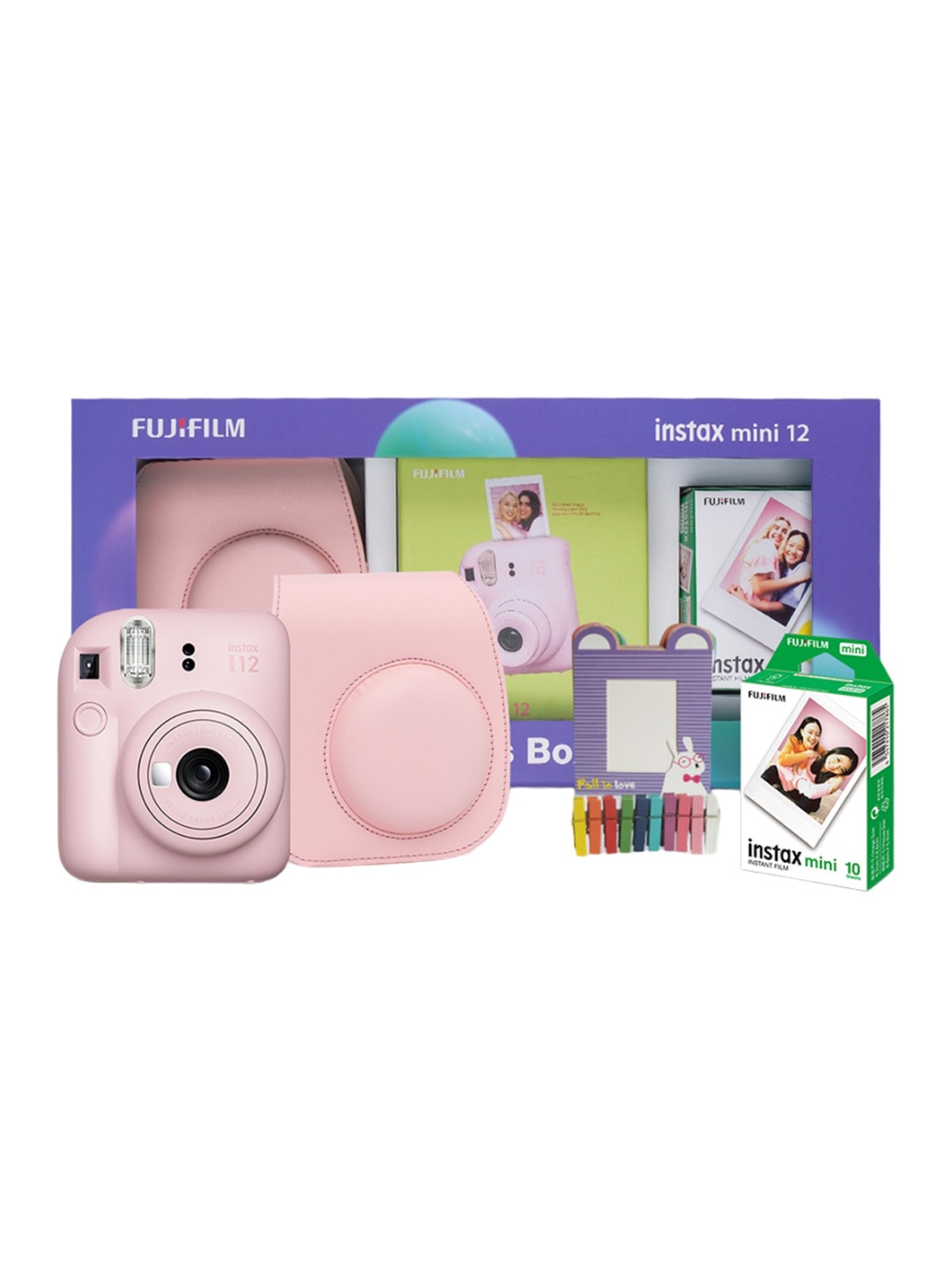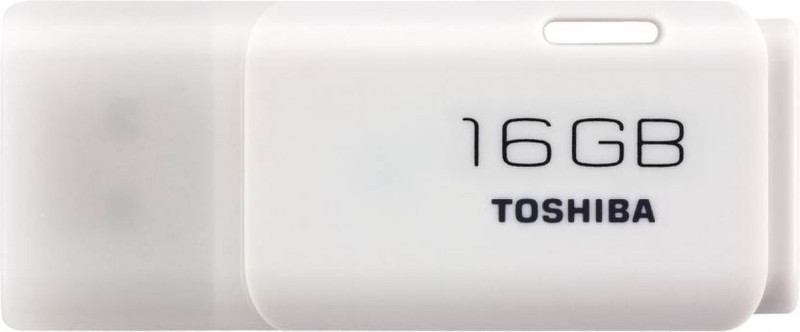Suit Up: How To Choose Perfect Tailoring And Colour Choices For Every Season

When you slip into a well-tailored suit, something magical happens- you feel better, more confident, and ready to take on anything. But achieving that perfect look goes beyond just picking up any off-the-rack suit. Tailoring and colour choices matter, and they play a pivotal role in how you present yourself. The key is to adapt these factors to each season, ensuring comfort and style no matter the weather.
Whether you're navigating the chilly winds of winter or the heat of summer, your suit can become your ultimate fashion tool. The beauty of a tailored suit lies in its versatility: with the right fit and colour, you can move effortlessly through every season, maintaining elegance and comfort. So, let's dive into the world of suits, where the perfect fit and seasonal shades work together to make you look and feel your best all year round.
1. Tailoring: Fit Is Everything
There's no denying it—fit is the most important aspect of a suit. No matter how expensive or stylish your suit is, if it doesn't fit properly, it won't have the desired effect. The right tailoring can transform a basic suit into a standout look. The key areas to focus on are the shoulders, waist, and trousers. The jacket should hug your shoulders comfortably without restricting movement, while the trousers should break just at the top of your shoes, creating a clean, flattering line.
A good tailor can make subtle adjustments that transform a suit into something that feels custom-made. The right fit enhances your natural silhouette and ensures you feel confident and comfortable, whether you're standing or sitting. Investing in tailoring is always worth it.
2. Seasonal Tailoring: Adapting To The Weather
As the seasons change, so should your tailoring. Winter suits typically need to offer more room for layering, while summer suits are all about being light and breathable. For colder months, opt for heavier fabrics like wool, flannel, or tweed that can trap heat while still allowing your body to breathe. For summer, lightweight materials like cotton and linen are your best friends. These fabrics are breathable and comfortable, making them ideal for warmer weather.
The cut of your suit also varies with the seasons. In summer, go for a slimmer fit to avoid bulk, while in winter, a slightly looser cut allows room for layers underneath. Understanding how tailoring can adapt to changing temperatures ensures you'll be both stylish and comfortable no matter the season.
3. Winter Suits: Wool For Warmth
When the temperature drops, wool becomes your best friend. Wool is an incredibly versatile fabric that provides warmth without feeling too heavy or uncomfortable. Flannel wool, in particular, is perfect for winter, as it's thicker and can hold in warmth even on the coldest days. But be mindful of the weight; a heavy wool suit is ideal for freezing temperatures, while a lighter version is perfect for those milder winter days.
Winter suits also benefit from some thoughtful details- like a double-breasted jacket or a waistcoat- to keep you feeling cosy and stylish. Layering isn't just functional; it's a way to add sophistication and depth to your overall look. Whether you're headed to a formal event or the office, wool suits will keep you warm and sharp.
4. Summer Suits: Light, Airy And Stylish
Summer is all about feeling light and looking cool, and your suit should reflect that. Fabrics like linen, cotton, and seersucker are your best bet for warmer weather. Linen, with its natural breathability, is a classic choice for summer, although it's prone to creasing- if that doesn't bother you, it's perfect for an effortlessly chic vibe.
When it comes to fit, lighter summer suits should be cut slimmer and more relaxed. There's no need for heavy structure- let the fabric breathe and flow with your body. And don't be afraid to embrace lighter shades; pale greys, beiges, and even pastels look fresh and stylish in the summer sun.
5. The Colour Psychology Of Suits
Choosing the right colour for your suit isn't just about what looks good—it's about what makes you feel powerful. Colour influences how you're perceived and can set the tone for your mood. Darker colours like navy, charcoal, and black are perfect for formal occasions or business settings. They convey authority, professionalism, and seriousness.
On the other hand, lighter colours and bolder tones like burgundy, teal, or even pastel shades give off an entirely different vibe. These colours are perfect for more casual events or when you want to show off a bit of personality. The key is to know which colours resonate with you and what they communicate to others.
6. Transitional Suits: Navigating Between Seasons
Spring and autumn are tricky—they're not quite cold, not quite hot, and your wardrobe needs to reflect that in-between. Transitional suits are ideal for these unpredictable months. Look for fabrics that can breathe but still offer some insulation. A mid-weight wool, or even a cotton-linen blend, will keep you comfortable as temperatures fluctuate throughout the day.
Layering is key during these seasons. A sharp blazer over a knitted sweater or a light turtleneck ensures you stay warm in the morning but can peel off layers as the sun comes out. A transitional suit gives you the flexibility to adjust your style based on the weather without sacrificing elegance.
7. Embrace Bold Colours: Make A Statement
Who says your suit has to be boring? Bold colours are making waves, particularly in the warmer months. Bright blues, rich greens, and even eye-catching patterns like checks and stripes can make a bold statement and show off your personality. When you're feeling adventurous, don't shy away from experimenting with colour.
The trick is balance. If your suit is a bright, loud colour, keep your shirt and accessories neutral so they don't clash. For a more daring look, pair a bold suit with a complementary hue—think a deep burgundy with a crisp white shirt, or a forest green with a light grey tie.
8. Neutrals: The Timeless Foundation
If bold colours aren't for you, never underestimate the power of a well-chosen neutral. Navy, grey, black, and beige are classics for a reason—they're versatile, easy to pair, and look good in any setting. A neutral suit can work from the office to a weekend brunch without missing a beat.
Neutral tones also allow you to play with textures. For example, a navy wool suit can look completely different depending on whether it's smooth or textured. And don't forget to experiment with the details- an unexpected pop of colour in your tie or pocket square can make a huge impact.
9. Accessories: Adding The Finishing Touches
Accessories might seem like a minor detail, but they're actually essential to elevating your suit. In winter, consider adding a wool scarf, leather gloves, or a textured tie to complete your look. These accessories not only add warmth but also make your outfit feel more polished and intentional.
In summer, switch to lightweight scarves, stylish sunglasses, and a sleek leather belt. Accessories are a chance to showcase your personal style without overwhelming your outfit. Remember, less is often more—choose a few standout pieces and let them enhance your overall look.
10. Sustainable Suits: The Investment That Keeps On Giving
When it comes to suits, quality trumps quantity. Investing in timeless pieces means you'll have a suit that lasts for years, saving you from constantly replacing cheap, ill-fitting alternatives. Opt for high-quality fabrics like wool, cotton, or linen- these materials are durable and designed to age well.
Not only will a sustainable suit save you money in the long run, but it's also a step towards more responsible fashion. Choose classic cuts and colours that won't go out of style, and you'll have a versatile wardrobe that always looks fresh.
Product Recommendations For Article
1. Blackberrys Men Rust Solid Suits
2. Hangup Men Navy Blue Solid Suit
3. Peter England Elite Men Navy Blue Suits
4. Peter England Elite Single Breasted Checked Neo Slim Fit 2 Piece Formal Suits
5. Allen Solly Men Checked Slim-Fit Single-Breasted Formal Suit
6. Van Heusen Men Checked Single-Breasted Slim Fit 2 Piece Formal Suit
7. hangup trend Men Black Solid Bandhagala Formal Suits
8. Theme Men Blue Solid Slim Fit Single-Breasted Formal Suit
Choosing the right suit is an investment in your personal style, one that pays off every time you wear it. With the perfect fit and the right colour choices tailored to the season, your suit will not only complement your style but also your mood and the occasion. Whether it's the luxurious warmth of a wool suit in winter or the breezy comfort of linen in summer, mastering the art of seasonal tailoring and colour selection will keep you looking sharp all year round. Embrace the versatility of a well-tailored suit, and you'll find that it's more than just about fashion- it's about owning your style with confidence, no matter the season.
Disclaimer: The images used in this article are for illustration purposes only. They may not be an exact representation of the products, categories, and brands listed in this article.






























